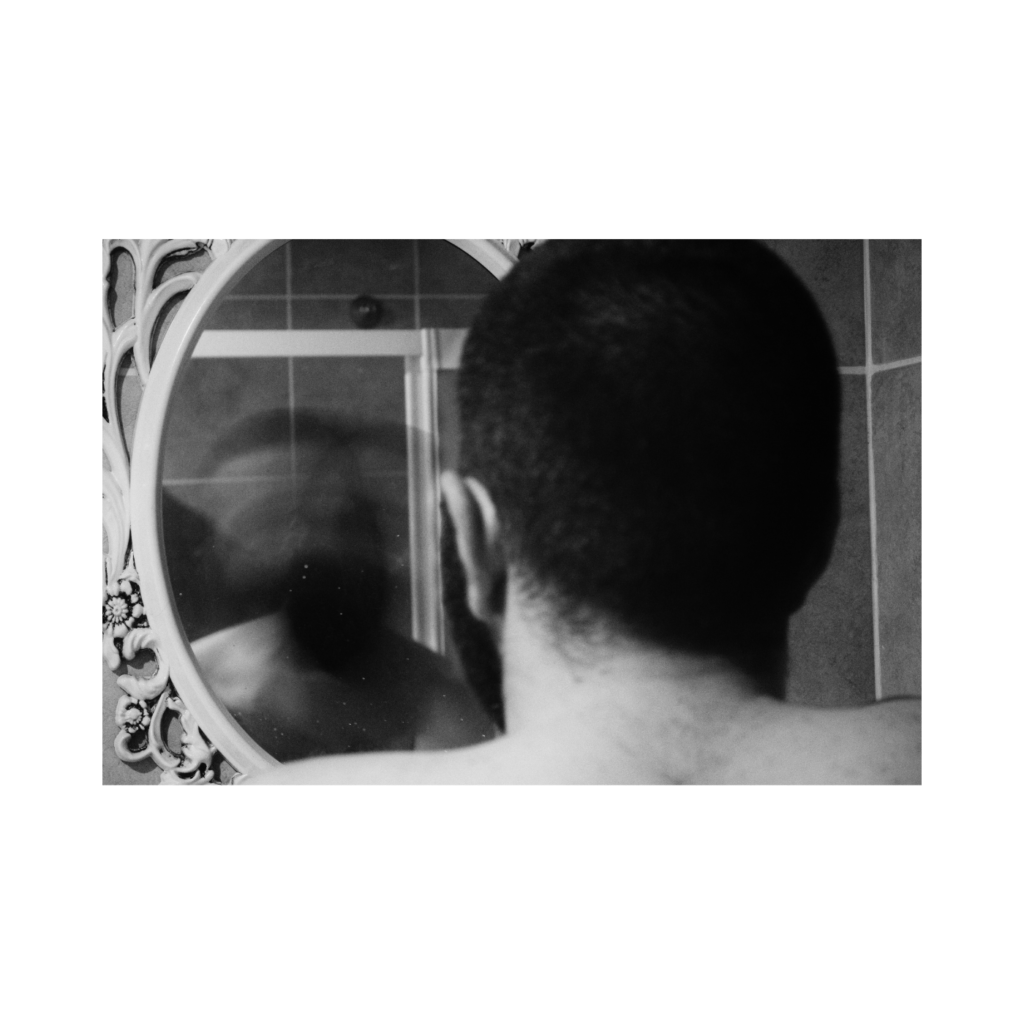
“When a tree’s shadow is bent, straighten the tree, not the shadow” African proverb
This proverb shows that when seeking to change something, the better strategy is to go at the core of the problem or issue. In human beings, to deal with issues visible on the outside, the best strategy is to change from within. When the inside is changed, the outside will follow suit. One of the internal components we can seek to change within is the self-image.
Self-image is the internal view we hold about ourselves and it influences how we behave or how we carry ourselves. It consists of descriptions we hold about ourselves such as strong, brave, weak, cheerful, able, kind etc. It influences how we interact with others. It also has a big impact on whether we will succeed on any goals we are striving to achieve.
In his book Psycho-Cybernetics, Dr. Maxwell Maltz said this about self-image:
“The “self-image” is the key to human personality and human behavior. Change the self-image and you change the personality and the behavior. But more than this. The “self-image” sets the boundaries of individual accomplishment. It defines what you can and cannot do. Expand the self-image and you expand the “area of the possible.” The development of an adequate, realistic self-image will seem to imbue the individual with new capabilities, new talents and literally turn failure into success.”
For us to lead an inspired harmonious life, our self-image, has to be in line with our authentic self-image. It has also to align with the goals we are pursuing, if we are to achieve them.
There is a story told of the golden Buddha. I first heard this story from a presentation by Jack Canfield. There was a huge clay Buddha at a temple in Bangkok, Thailand. In the 1950s a new location was prepared for this statue and it needed to be transported there. In the process of the move, while the statue was being lifted by a crane, it cracked. The head Monk halted the process and instructed that the statue be lowered so that they could inspect the crack and prevent any further damage. It started raining and they decided to cover the statue to protect it. At night, the Monk went to check if the statue was staying dry and when he shone his light, something reflected back from within the crack. He thought to himself, clay does not reflect light, there must be something else in there. In the morning, they chipped away the clay and realized that the entire statue was made of gold.
They could not figure out why the golden Buddha was covered in clay. The best theory they could come up with was that a long time ago around 300 years back, the Burmese had come to attack this place. The Monks in that Monastery at that time decided to cover up the golden Buddha with clay, to make it look worthless so that the attackers would not steal it. Eventually the Monks were all killed in a massacre and the secret was never revealed.
I believe from infancy we possess the authentic self-image. Depending on the circumstances we grow up in, this self-image may be nurtured to expand to its greatest potential or it may be suppressed as a means of survival. The suppression of the authentic self-image then results in layers upon layers that cover it to enable the person navigate the environment or circumstances in which they find themselves. It is akin to the golden Buddha covered in clay for protection or survival. This protection may serve a good purpose, but if it is prolonged it may have lasting effects on the person.
“The self-image is changed, for better or worse, not by intellect alone, nor by intellectual knowledge alone, but by “experiencing.” Wittingly or unwittingly you developed your self-image by your creative experiencing in the past. You can change it by the same method. It is not the child who is taught about love but the child who has experienced love that grows into a healthy,happy, well-adjusted adult.” Psycho-cybernetics
Being like a child. This is the essence of being truly yourself. You show it when you are unhappy, when joyful. You need help in every aspect to survive. You also do not hold to grudges, you forget quickly and move on towards more life. You keep learning and growing. It is aspiring to be like a child but not childish. Of course with wisdom, the child’s growth can be nurtured to enable them to realize the greatest achievement inherent in them. No wonder Jesus often pointed to children and said the Kingdom belongs to such as these. Jesus is quoted in Matthew 18:3-4 saying ““Truly I tell you, unless you change and become like little children, you will never enter the kingdom of heaven. Therefore, whoever humbles himself like this little child is the greatest in the kingdom of heaven.”
Atomic Habits book, James Clear says that to become what you dream, you must change your identity. He gives an example of two individuals with a goal to overcome the habit of smoking. Each is offered a cigarette to smoke, one says no, I am trying to stop smoking. The other says, no I am not a smoker. The later person has higher chances of succeeding since they have changed their identity from a smoker or someone who is trying to stop smoking to someone who does not smoke.
So if there is a particular goal you are aiming to achieve, you have to change your identity or your inner person to that of a person who has achieved that goal. This then will influence your habits, behaviour and actions towards achieving the goal. So for instance if you want to be keeping time, you should change your identity or self-image from “I am always late” to “I am a punctual person.” Then whatever strategies you employs to be on time would succeed because they are in line with your self-image. On the contrary, if your self-image is of a person who is always late, then any strategies you apply to be early or on time, will backfire most times because they are not aligned to your self-image.
So the question is what is your current self-image? How do you see yourself internally or within?
The more our self-image is aligned to the creative goals that we are pursuing, the more inspired and harmonious a life we will lead.
The healthier our self-image is, the more aligned our goals are to this self-image, the more inspired and harmonious a life we will lead.
